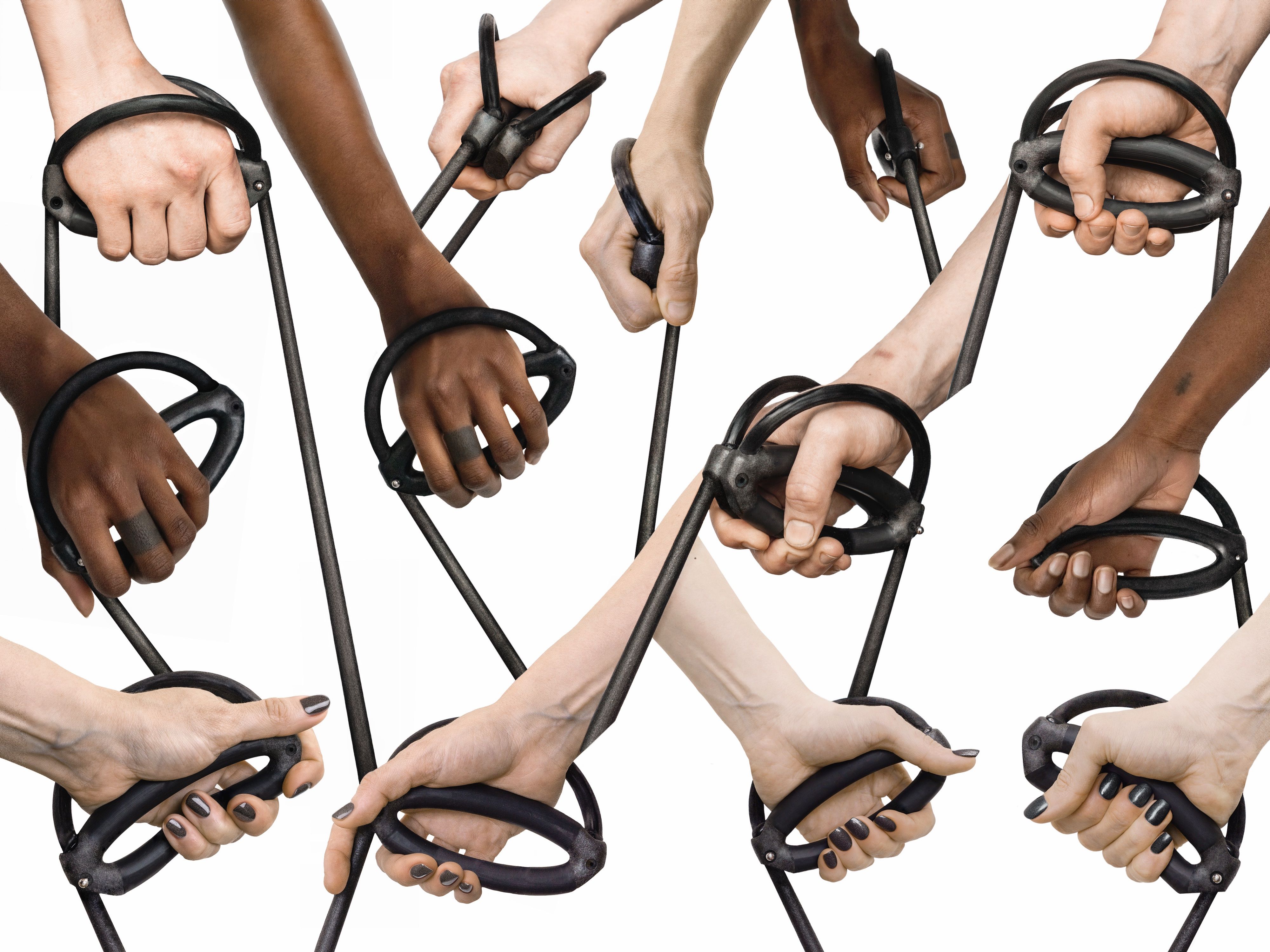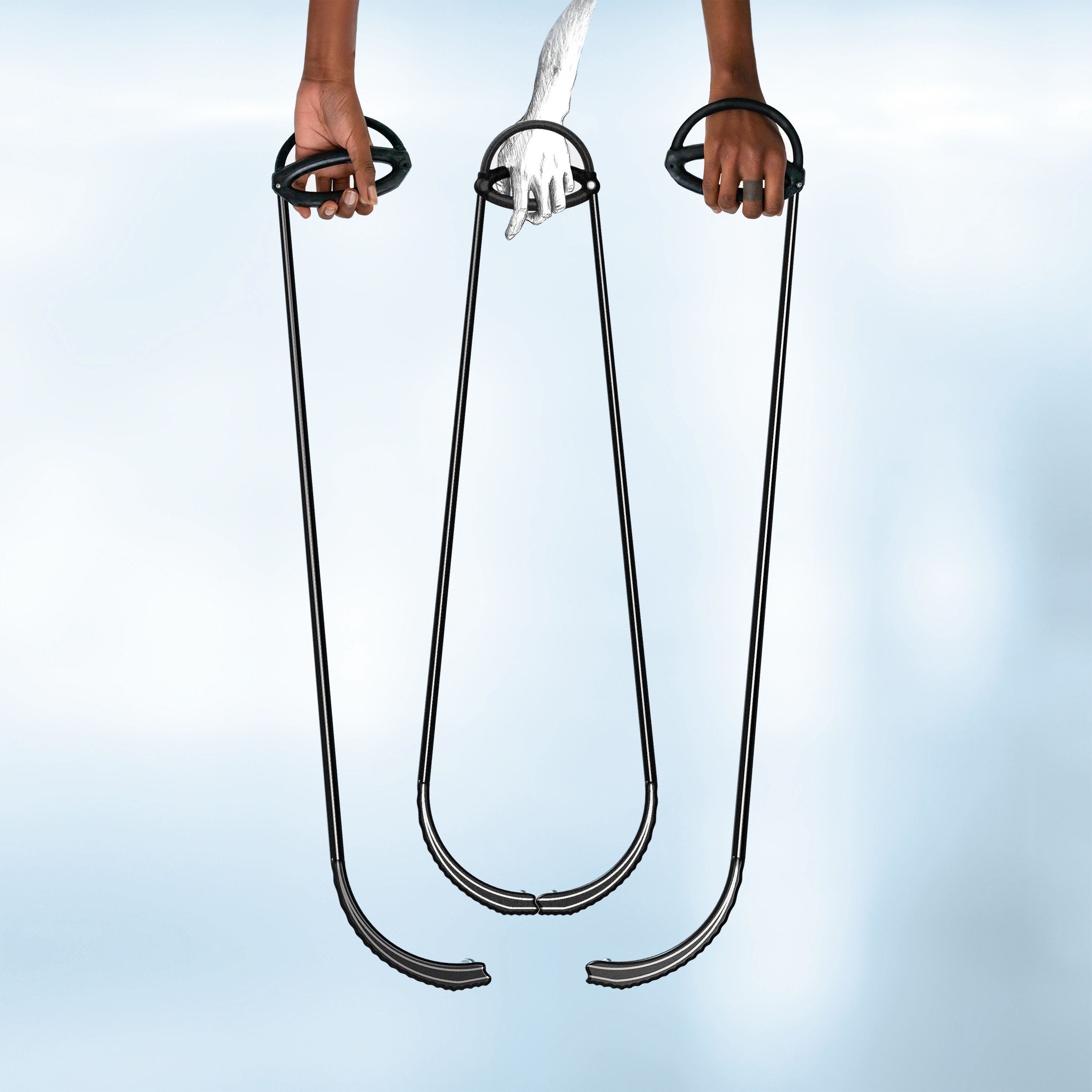
Designers
Nadja Kargruber
Year
2024
Category
New Talent
Country
Germany
School
University of Applied Sciences Berlin
Teacher
Sebastian Feucht

Three questions for the project team
What was the particular challenge of the project from a UX point of view?
The biggest challenge was designing ActivAid to be highly functional and not look medical at the same time. Once the technical aspects were resolved, those functional forms were transformed into an abstracted version that retains the same effectiveness but avoids a medical appearance. Creating a walking aid that users would feel comfortable and proud to use in public was crucial. The design had to accommodate various grips and hand positions due to the users' stiffness and numbness. Ensuring ActivAid provided stability while being easy to use for people with different levels of hand strength and motor skills was a significant hurdle.
What was your personal highlight in the development process? Was there an aha!-moment, was there a low point?
My highlight of the development process was when the idea of the loop form was prototyped and worked as intended. The aha!-moment occurred when I realized the flexible elliptical handle can offer multiple grip options and therefore significantly reduce hand pain. This innovation was key to enhancing user comfort and usability. A low point was during the initial prototyping phase when I faced difficulties balancing the cane's stability and flexibility, while also finding an effective way to make it usable both in two parts and together seamlessly. However, the time, sweat, and tears put into this phase ultimately led to a more refined and effective design.
Where do you see yourself and the project in the next five years?
First, I intend to keep working on refinements and then produce a small number of high-quality, 1:1 prototypes. These will be used by people over an extended period, providing valuable insights into necessary tweaks. In the future, I see ActivAid being adopted not only by individuals with neuropathic pain but also by the elderly and other groups seeking a non-stigmatizing alternative to traditional canes. Personally, I aim to continue innovating in the field of medical tech design, focusing on creating products that improve the quality of life for people with various physical challenges. I hope to work in a field dedicated to user-centric design, ensuring that future products consistently meet and exceed user needs and expectations.


